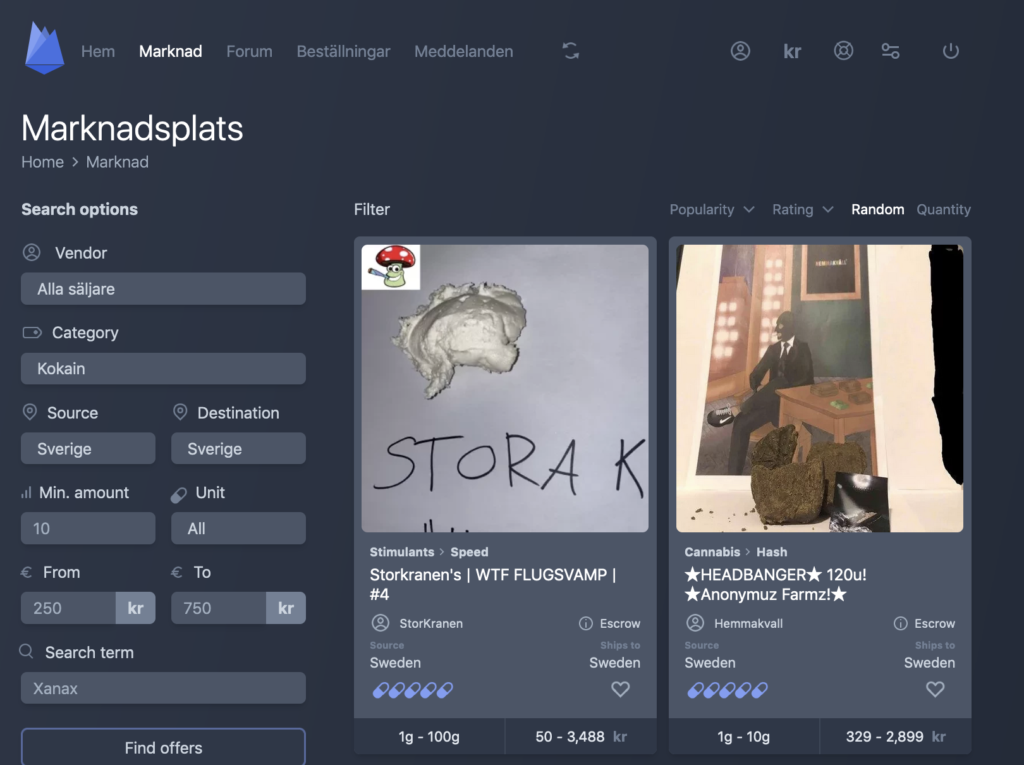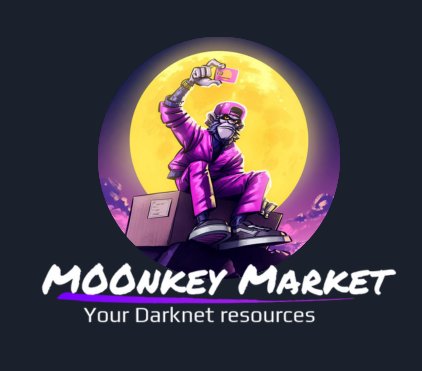The History of Privacy Coins: Their Rise, Their Adoptions, Their Exploits, And Their Downfalls

Bitcoin, the first digital asset in history to receive widespread adoption and popularity, was once praised for its ability to conceal the identity and location of its users; making it arguably the first way to buy and sell online with a substantial degree of anonymity. It paved the way for the rise of the Silk Road and other online black markets, which would have otherwise not seen the growth, success, and longevity they had and continue to have to this day. However, it wasn’t before long until Bitcoin transactions could be traced back to users and receiving parties with various means. Algorithms were designed and implemented by major exchanges such as Coinbase that were able to determine whether or not their users were sending Bitcoin to darknet marketplaces. Additionally, all Bitcoin transactions have an IP address associated with them. Bitcoin “mixers” were created as a workaround to tracing transactions, which usually involves users sending their Bitcoin to the mixer, and receiving untraceable Bitcoin from the service, essentially skewing the lines of traceability. However, this method proved to be insufficient over time as mixers can be compromised, and blockchain analysts red flag and further monitor addresses that receive Bitcoin from mixing services. As such, Bitcoin was never, nor can it ever be, a reliable digital asset for maintaining anonymity.
Due to the pseudo-anonymous nature of Bitcoin, many people attempted to create cryptocurrencies that provide a wider degree of privacy and anonymity. One of the first notable projects was Anoncoin, a fork of Litecoin launched in mid-2013, which was meant to be used over SOCKS for i2p and Tor darknets. The asset underwent a major price surge after the seizure of the Silk Road, but it never saw any widespread adoption and no significant darknet markets ever implemented it. This is likely because, aside from its ability to conceal IP addresses of transactions and users when it was properly configured to use SOCKS proxy connections, and providing mixing features, it did not provide a substantial degree of anonymity over Bitcoin.
Approximately six months after the launch of Anoncoin, Xcoin (now known as Dash) was forked from Bitcoin in January of the following year. It was designed to overcome the shortfalls of Bitcoin, and providing an optional blockchain obfuscation technique known as “CoinJoin”, which involves multiple users combining their funds into a single transaction to make it more difficult to trace the original sources of the funds. This enabled users to transact with a higher degree of privacy, which led to its adoption and implementation on darknet markets. However, coinjoin transactions can be traced back to the individual users by analyzing the inputs of the initial transactions, and many users think using Dash alone is enough to protect their anonymity without even using the feature, leaving their transactions completely traceable. Dash also continues to receive criticism even to this day from its “instamine” controversy; where its developers and a few other people mined several million coins after its launch by exploiting weaknesses in its mining algorithms.
Four months after the release of Xcoin, Monero was launched. Based on cryptonote, the anonymity-centered cryptocurrency obscures transactions by the use of ring signatures which enables transaction mixing. Despite its name, transaction mixing mechanisms is much different than Bitcoin mixing, but is another way of anonymizing transactions. It works by automatically and randomly selecting several other users transactions as the possible source of the funds. The ring signature’s cryptography ensures that no one knows the source of the funds, not even the sender. When funds are sent to a Monero public address, the funds are sent to a one-time destination address so the funds are not associated with the public address, which means there are no records of funds being sent to the public address. The downside to this is the fact that if coins are sent to a public Monero address more than once, the funds will be lost. This is Monero’s equivalent of “token burning”. Alphabay was arguably the first darknet market to adopt Monero, shortly before it was shut down. It was awhile before other markets began adopting it.
While Monero has stood the test of time; being nearly ten years old as of writing, and still being used alongside Bitcoin or solo on nearly all darknet markets, it has experienced its share of exploits and flaws as well. In 2017, the Monero developers disclosed that they had patched a bug that could have allowed exploiters to create an unlimited amount of coins. In 2018, the developers patched a bug that would have allowed attackers to steal coins from exchanges by sending Monero to stealth addresses.
One flaw of the Monero network is the fact that Monero nodes are ran by volunteers as they are not incentivized. Malicious node runners could collect information transaction information, potentially de-anonymizing users.
The Internal Revenue Service (IRS) offered a $1,000,000 reward for anyone who can create a working method to reliably trace Monero transactions. In 2020, CipherTrace filed two patents for tracing Monero transactions, and other companies were awarded to develop Monero tracing tools not long after.
In 2016, Zcash was forked from Bitcoin by a team of scientists who wanted a currency similar to Bitcoin but with additional features, mostly pertaining to security, privacy, and anonymity. It employs a type of cryptography known as zk-SNARK (Zero-knowledge Succinct Non-Interactive Argument of Knowledge), a sophisticated mechanism that allows for something to be proven true using minimal information without revealing other information. However, Zcash has several downsides. Its privacy shielding mechanism is highly complex and difficult for many users to understand, which can make it difficult for users to use the privacy feature properly and increases the risk of users not properly shielding their transactions. Furthermore, the shielding mechanism is not a default feature, which has been shown to result in a relatively small number of users using it. Some researchers have suggested that users using the privacy feature are more easily traceable for that very reason.
In 2020, an American company known as Chainanalysis claimed to be able to trace %99 of Dash and Zcash transactions, along with a startling high amount of those belonging to Monero. Later on, they were awarded over $600,000 by the Internal Revenue Service (IRS) to develop Monero tracing tools. Currently, no significant darknet markets use either Dash or Zcash at this time.
In 2018, Pirate Chain (ARRR) was released. It was built on Komodo’s private asset chains and is intended to combine the best privacy and anonymity elements of both Zcash and Monero. It uses zk-SNARK cryptography by default, though users do have the option to opt-out of this feature. Pirate Chain is secured by Komodo’s delayed-proof-of-work (dPoW) algorithm and all information about transactions are hidden from public viewing, with the exception of newly mined coins being sent to transparent addresses for auditing. However, it can only be sent to shielded addresses afterward. However, Pirate Chain’s complex algorithms can make it more difficult for users to store and use the cryptocurrency compared to other digital assets. Additionally, like many proof-of-work networks, Pirate Chain has a relatively high energy consumption.
In summary, maintaining true anonymity and privacy while using cryptocurrency is a difficult task and requires a significant understanding of the underlying technologies along with proper operational security (OPSEC) techniques. Furthermore, there have been numerous attempts to add more privacy, security, and anonymity to both Bitcoin and Ethereum. Some examples include Lightning Bitcoin, which was created as a scaling solution for bitcoin that enables near-instant transactions at a much lower cost. It also includes privacy features, though it isn’t without its limitations. Even though payments between two parties can be private, the fact that the transactions are recorded on the base layer's blockchain means that an observer can potentially track the source and destination of a payment. Additionally, while Lightning Network transactions are not publicly visible, they may still be traceable using some network analysis techniques. This is because each transaction may have certain patterns or characteristics that can be analyzed and used to determine the sender and recipient of the transaction.
As for Ethereum, all transactions can be traced on Etherscan. Tokens like 0xMonero, which claims to ensure user privacy, are barely more private than using Ethereum itself.



